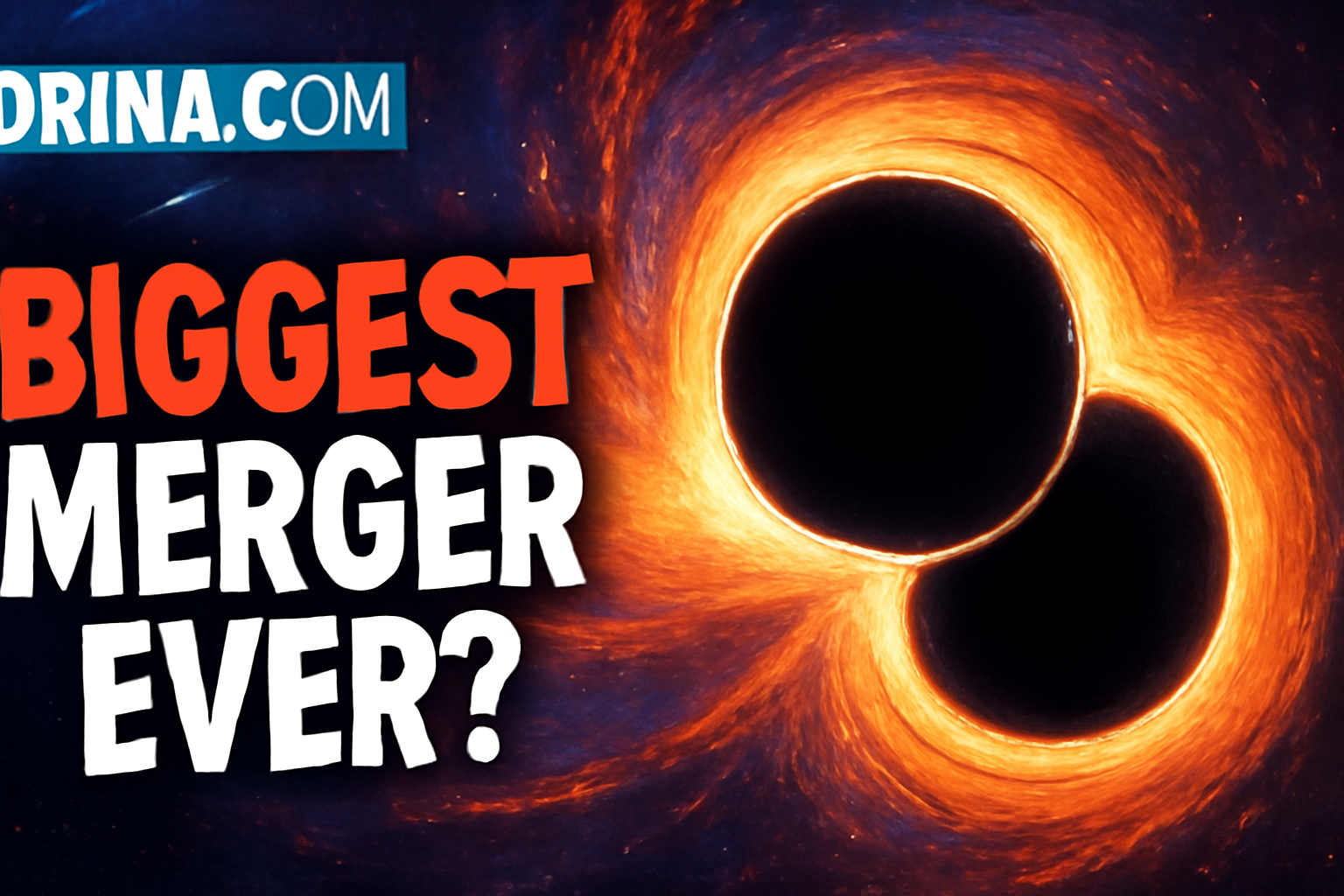Cosmic Chaos That Shakes the Limits of Science!
Imagine two black holes, each tens of times heavier than our Sun, spinning wildly and finally colliding in a spectacular dance that shook the very fabric of the universe! Yes, you read that right – scientists have just detected the biggest black hole merger ever recorded, located about 10 billion light-years away from Earth.
How did they discover it?
It all happened on November 23rd, when ultra-precise LIGO detectors in Washington and Louisiana recorded the faintest yet most dramatic ripples in the fabric of space – gravitational waves. These waves are so tiny they measure shifts smaller than a proton! That’s how powerful and precise this scientific tool is.
Why is this important?
This collision was no ordinary event – the black holes were spinning near theoretical speed limits, and their combined mass formed a new black hole about 142 times the mass of the Sun! It’s like merging two cosmic heavyweights into an even bigger giant.
What does this mean for science?
This event forced physicists to rethink their models of black hole formation. Until now, it was believed black holes mostly form from collapsing massive stars, but here we have proof that some black holes form by merging smaller black holes – like the universe creating its own “super teams.”
What did it look like?
Imagine two black holes orbiting each other for centuries, spinning faster and faster until they spiral inward in a whirlpool that finally explodes in a collision. That moment lasted just a tenth of a second but was enough for Earth-based detectors to capture this cosmic spectacle.
Why is this the most “violent” event in the universe?
Black hole mergers are among the most powerful and dramatic events in the cosmos. They literally warp the fabric of space-time. Though the waves reaching us seem tiny, they carry information about events that happened billions of years ago, far beyond our Milky Way.
What’s next?
This detection opens doors to new research and possibly discovering even bigger and more mysterious objects in space. Scientists now have a powerful tool to “listen” to the universe in a completely new way – not just through light but through gravitational waves.
Conclusion
The universe is far from boring! While we worry about daily problems here on Earth, spectacular collisions happen in distant galaxies, pushing the boundaries of our scientific imagination. If this sounded like science fiction, think again – this is our reality.
So, as you ponder how two black holes can collide and create an even bigger one, look up at the sky and wonder – what else awaits us in this endless universe? And hey, if you have your own theory or just want to crack a joke about cosmic “brawls,” feel free to drop a comment. Let the debate begin!
Bonus: If you thought this was the end, wait to see what LIGO detects next. The universe is full of surprises, and we’re here to discover them together!
Source: Guardian, LIGO Scientific Collaboration







